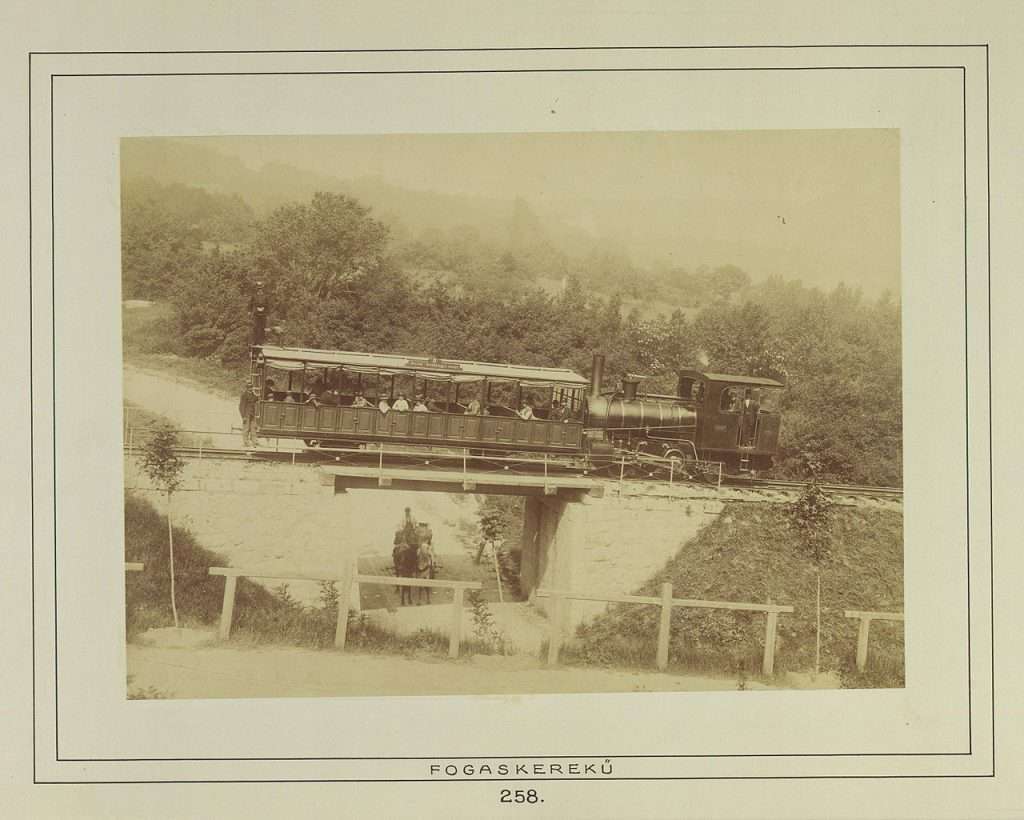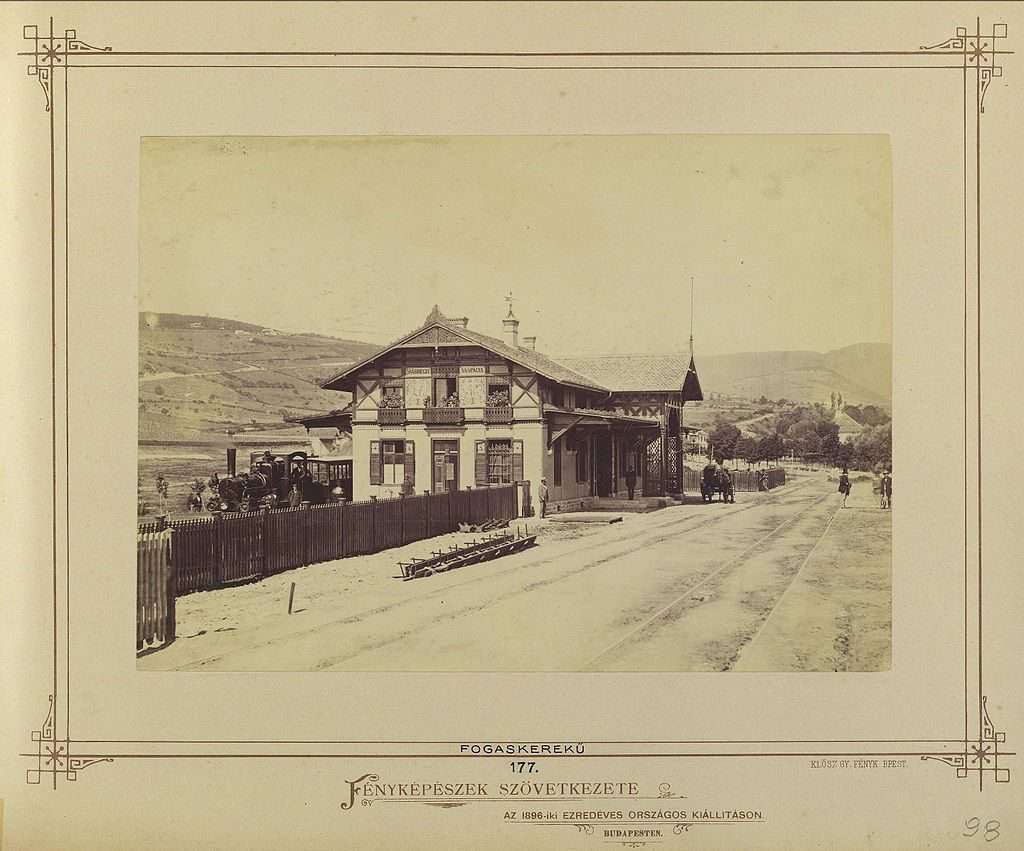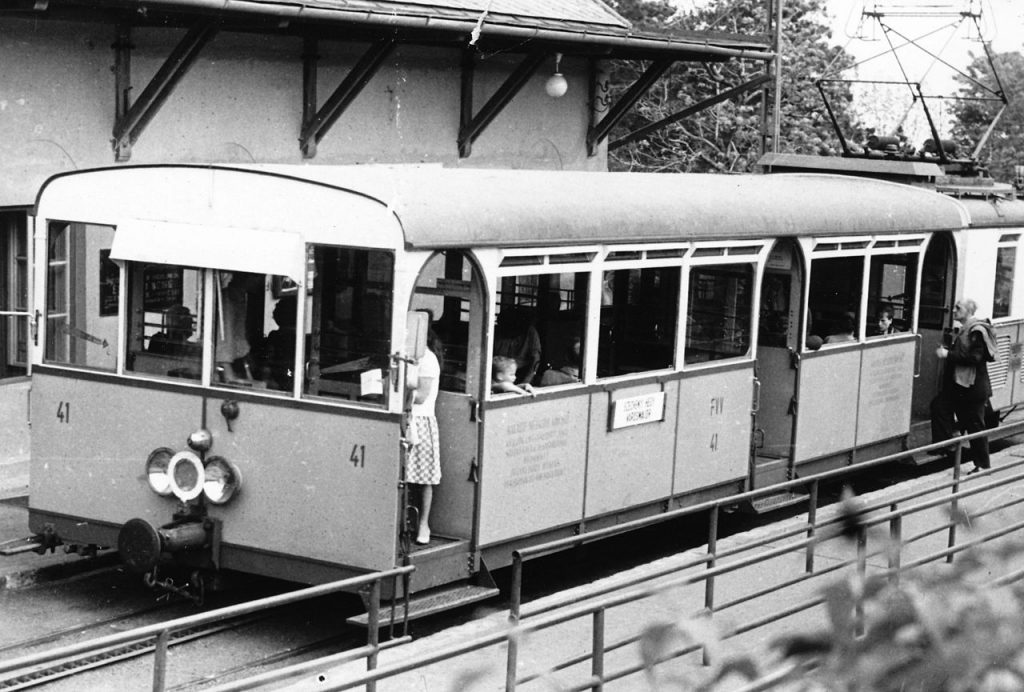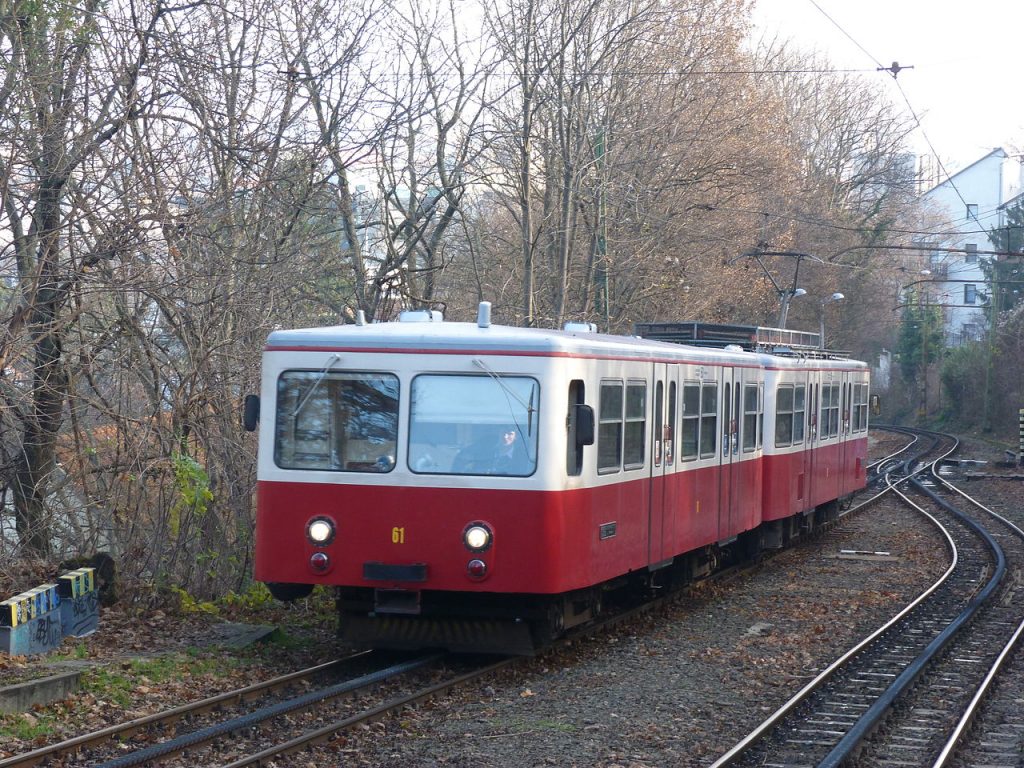Budapest’s historical cogwheel railway is 145 years old
Something unique not many cities have and something which wanted to be closed many times. Despite the hardships and the dynamic historical events, the cogwheel railway in Budapest has been transporting passengers for 145 years. Today it is also called tram line 60.
For the residents of Buda and Pest, it was an important matter to reach the popular Zugliget located on the Buda side of the capital – reports PestBuda. Although a horsecar railway was available for people residents also wanted to travel to Svábhegy more easily to take nice walks in nature. Because of the mountain-area, the idea of an average railway system was forgotten. Luckily, in Switzerland around the 1870s genius engineers find a solution on how to transport vehicles up to hills.
This was the moment when the idea of cogwheel railways was born.

In 1871, the first cogwheel railway started to operate in Switzerland with great success. Architectures and engineers started to think about other countries where they could build this kind of new railway system to earn more income from their invention. After building the first cogwheel railway in Vienna the next location was the Hungarian capital. Switzerland signed a contrary with Hungary about building the cogwheel railway and to supervise its operation in the following forty weeks.
On June 21, 1874, Hungary’s first special railway was opened for the public. It was 2883 metres long with steam locomotives.

Besides transporting passengers up and down on the hills of Buda, the railway was also used for tracking which helped a lot during the construction works on Svábhegy. Although the railway quickly became popular, it did not have enough income for maintenance. The company decided to add more stations to the line. In 1890, the cogwheel railway’s new endstation became Széchenyi-Hill but it still did not have enough attention. The new owners of the railway convinced the city to build houses, summer camps and hotels near the railway to attract more Hungarian residents and tourists.
In 1896, the Millenium era of Hungary helped the cogwheel railway to become popular again.

At the beginning of the 1900s, the new company decided to add more stations to the railway and to replace the steam locomotives to electric ones. Unfortunately, none of these plans became real because from 1910, the railway started to lose its reputation again but the company did manage to replace the steam locomotives in 1929.
The railway was undertaken to a full reconstruction later and started to operate in its shape Hungarians know and see today on July 2, 1929.

Explore Budapest’s hidden and special vehicles – Part 1
Tram, bus, trolley or underground; these are the most common transportation vehicles in almost every city. They play an essential part in making the city vivid and in transferring passengers and tourists from one point to another. Budapest’s transportation system is used by millions of people almost every day. Some vehicles are a bit out of the ordinary, yet they are still worth travelling with. Let us find out more about these hidden transportation treasures in the Hungarian capital.
READ MORE HERE





